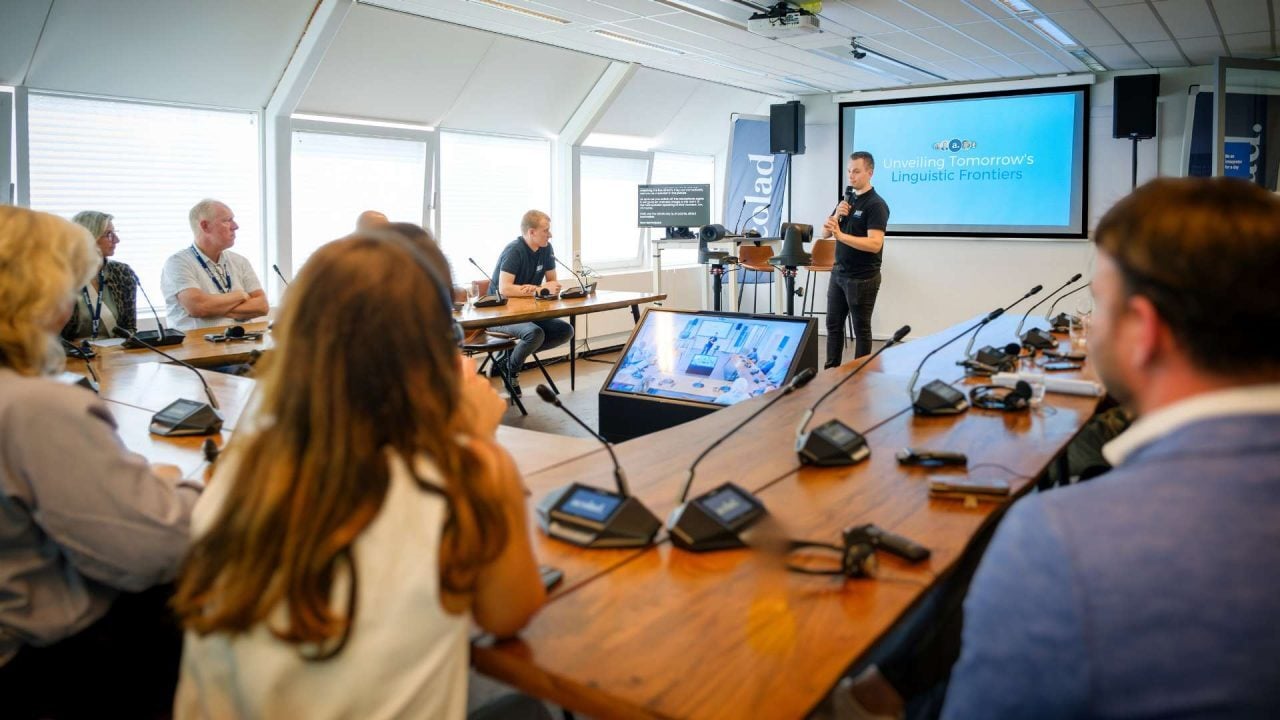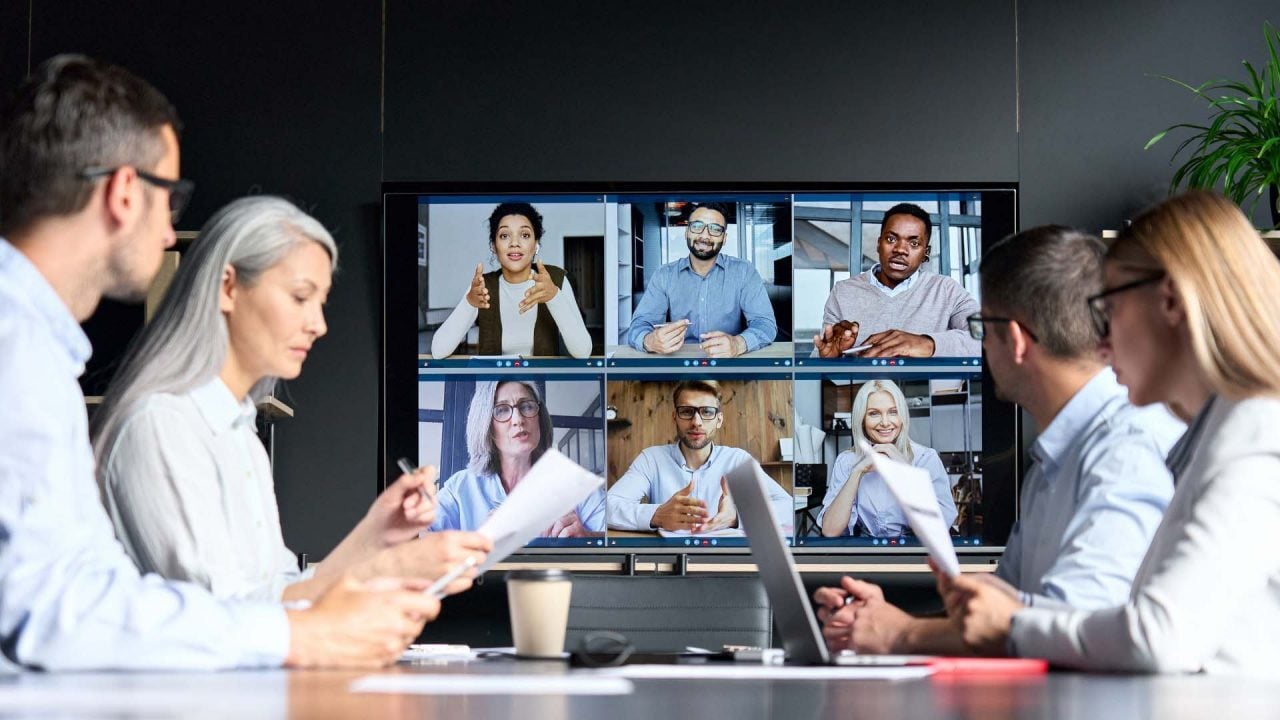Preparing for a multilingual event, whether it's a meeting, seminar, or symposium, demands precision and organization. Interpreting, often overlooked, plays a critical role and deserves its own place on the meeting planner's checklist.
Discover the key considerations to have in mind when it comes to planning an event with interpretation!
Identify Interpreting Needs
- Where will the meeting take place: face-to-face, remote, or mixed?
- If mixed, how many participants will be face-to-face, or remotely?
- What languages will be spoken? Which will need to be translated?
- What is the date and what are the hours?
- What is the topic of the meeting?
- What is the organization of the meeting: a speech only, or will there be parallel workshops or exchanges between the main speaker and the room?
This information will help you determine whether you need simultaneous interpretation, consecutive interpretation, or whispered interpretation.
Preparing for the Interpreter's Intervention
- Send them any preparatory documents like:
- The program's schedule and the names of the speakers
- The presentation broadcast
- A glossary of specific terms and acronyms, if available
- All other content at your disposal that will help interpreters prepare their translations.
- Provide equipment: a microphone for the interpreters and headsets for the participants.
- Secure the perfect location: Interpreters not only need to hear words clearly but also benefit greatly from a clear view of the speaker. If direct visibility of the speaker isn't possible, consider placing the interpreter in an adjacent room with a video monitor for the best quality interpretation.













